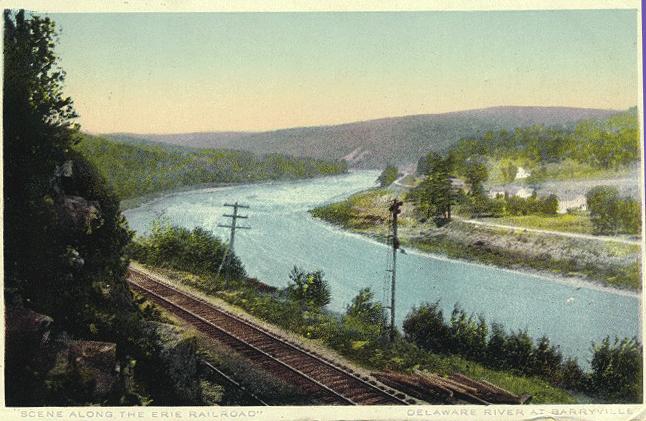
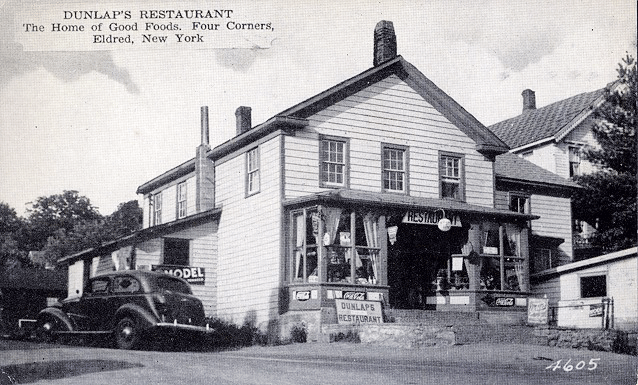
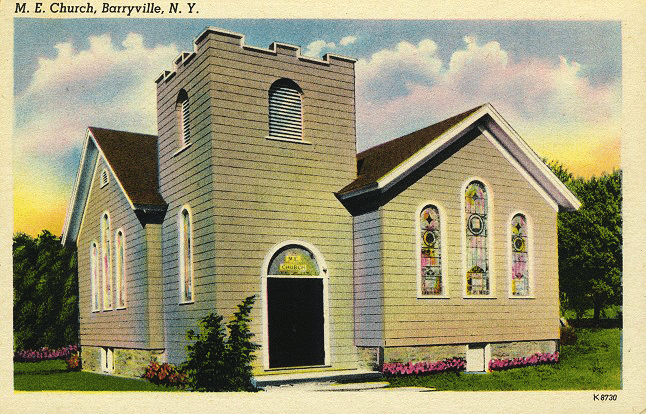






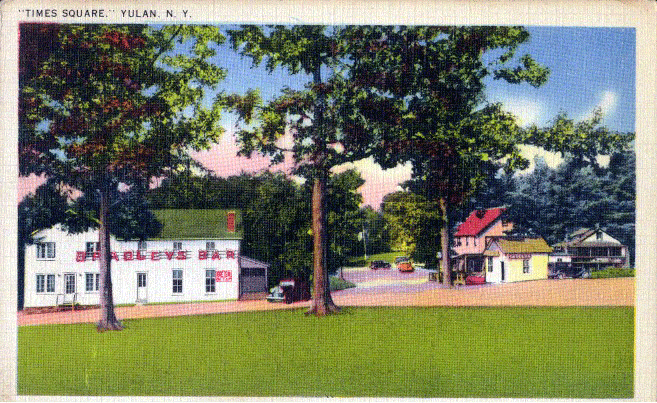
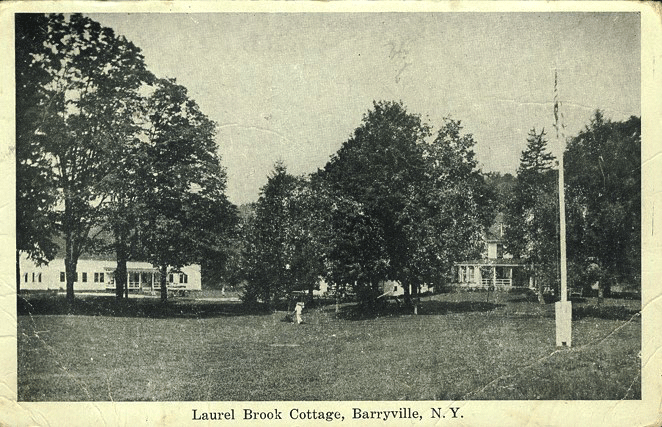
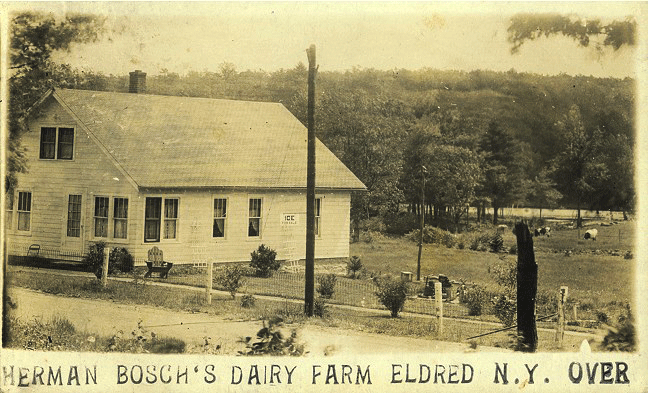

Happy New Year 2023 to my Halfway Brook Friends!
I have a few more posts with old postcards. If you have suggestions for posts, please include your requests in the comment section. Thank you!

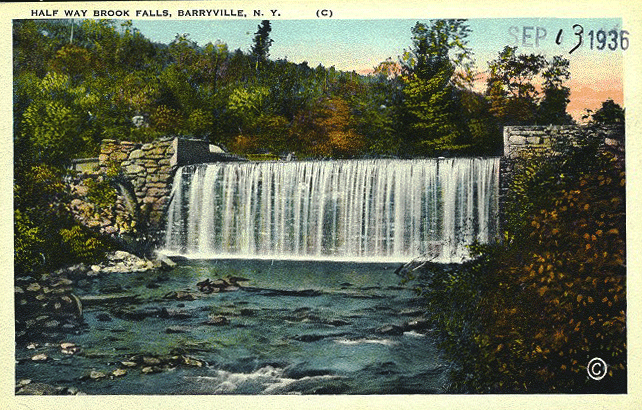
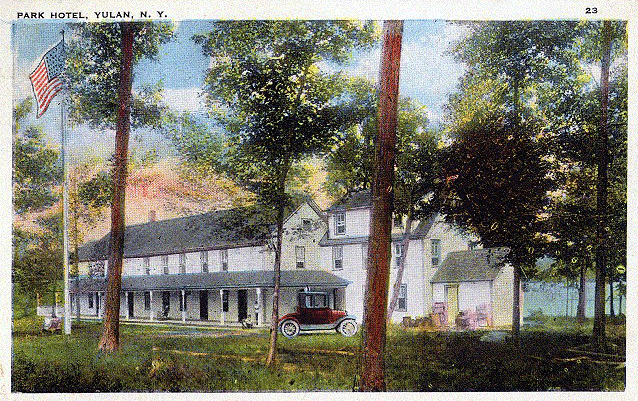
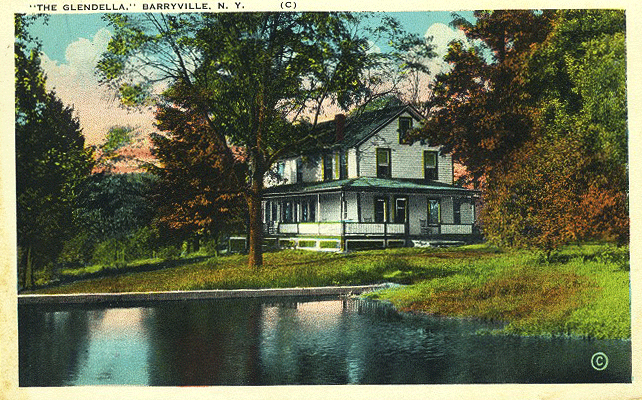

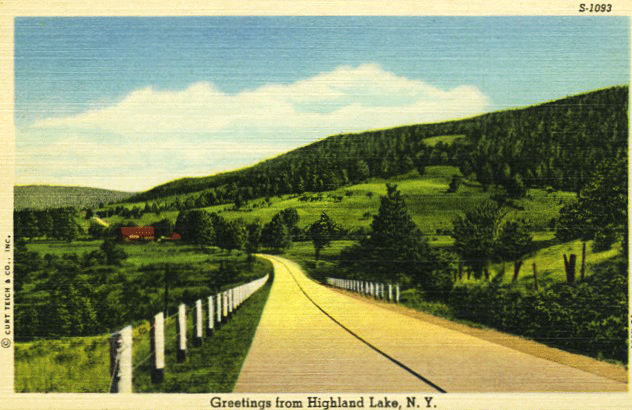


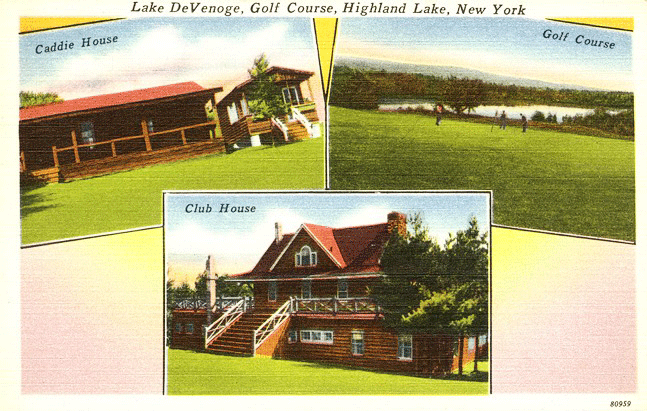
Other Highland Lake Postcard Posts
Old Highland Lake Postcards

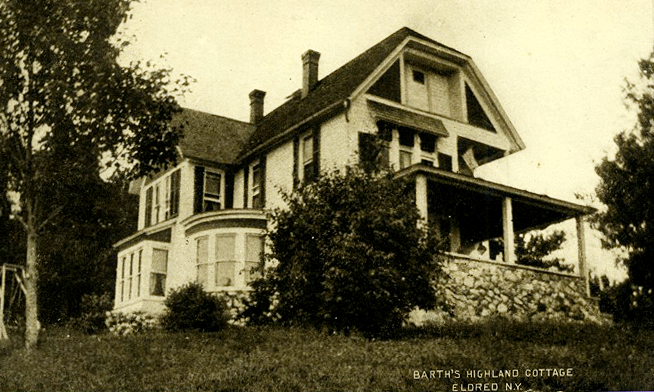
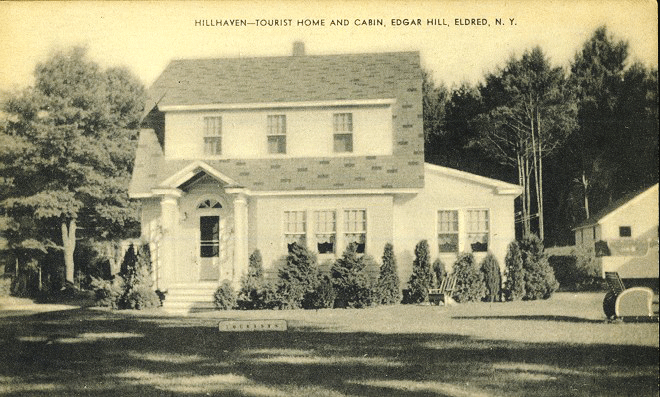
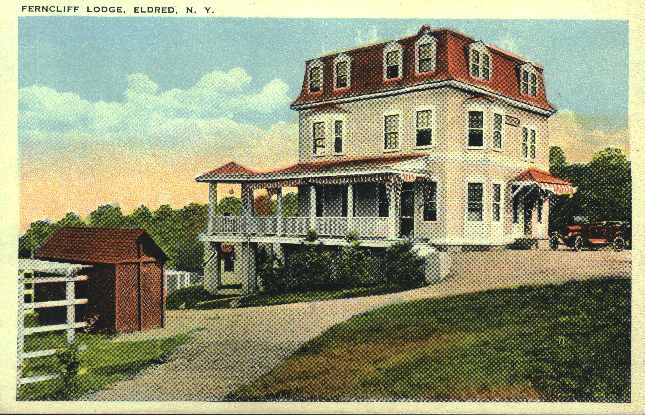
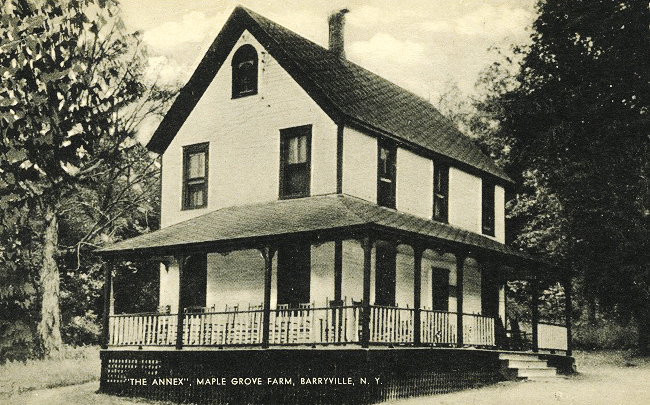
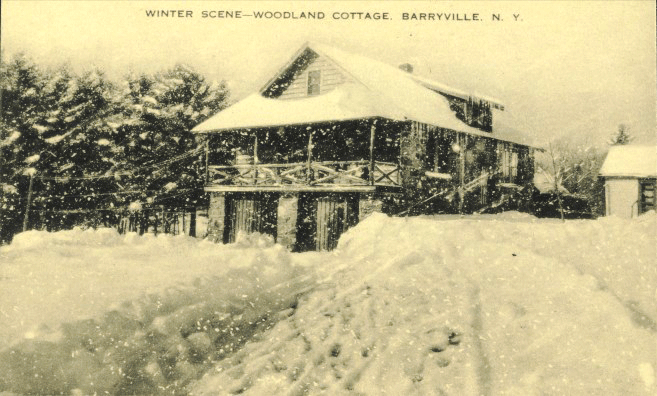

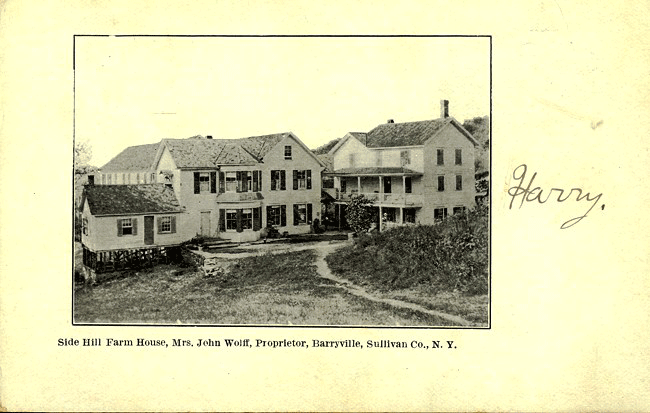
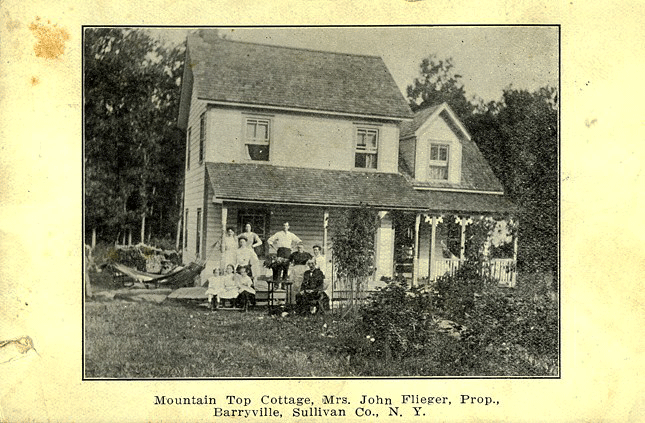

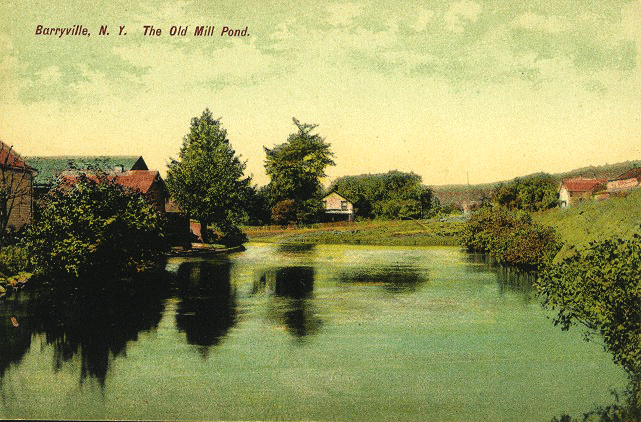
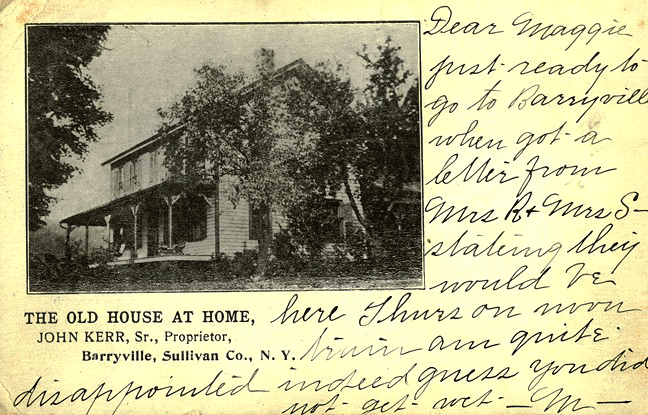
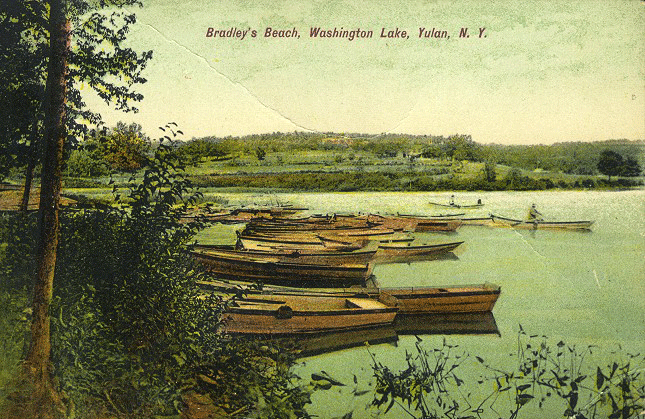
The following books are on sale for the month of November. The cost includes Shipping, handling, and tax.
The Mill on Halfway Brook
Was: $27.95 NOW: $24.00
Echo Hill and Mountain Grove
Was: $39.95 NOW: $32.00
Farewell to Eldred
Was: $42.95 NOW: $35.00
Abby, Laurilla, and Mary Ann
Currently: $75/$65 NOW: $60.00
To Purchase Books
Send me an email: halfwaybrook@proton.me I will email you the address to send a check.
Allow at least 3 to 4 weeks from the time you send a check until the books arrive. November 25th is the last date I am guaranteed for your book to arrive before Christmas.
I am excited to announce that Abby, Laurilla, and Mary Ann: The Heritage and Legacy of the Daughters of Two Hannah Hickoks, 1635-1906, was awarded First Prize (Genealogy/Family History) in the 2022 Literary Awards Contest of The Connecticut Society of Genealogists, Inc.
Much of the story of Halfway Brook Village (now Eldred), Lumberland (now Town of Highland), New York, is incorporated in Abby, Laurilla, and Mary Ann. New readers will be introduced to, “The beautiful little hamlet of Eldred” with its “magnificent scenery of valleys, hills, mountains, streams, forests and lakes…”—A Century of Church Life, The Tri-States Union, August 17, 1899.